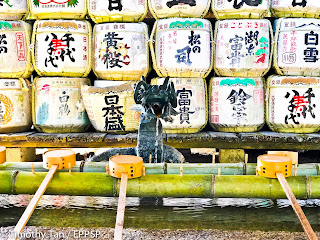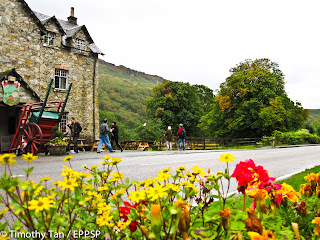Australia, New Norcia - Indigenous Art

Indigenous art typically consists of symbols and date far back into the earliest histories of mankind. The earliest indigenous art that we still have today are those carved into rock faces and preserved in the dwellings of our early ancestors, such as caves. Australian indigenous art probably holds the record as the oldest traditional art in the world. In the aboriginal culture, life is typically based on the foundation of "The Dreaming"; the beginning, ancestors, life and death, and power. All Australian Aboriginal beliefs shared this common foundation. Today, indigenous art is often depicted on canvas, sculptures and even body art. I have always been fascinated with Australian indigenous art. The flowing patterns created by the symbols and the artistic deployment of vibrant colours used to depict the stories in each art piece is as fascinating as the talent of the artists who brought these art pieces to life. They all look so beautiful and similar but ye...





